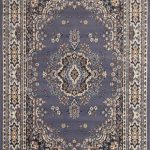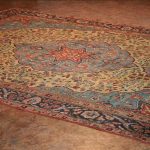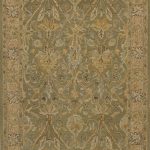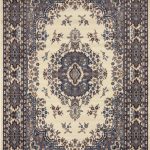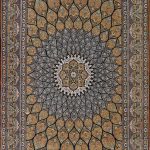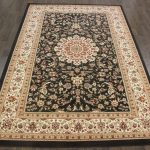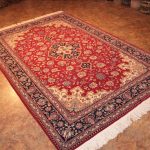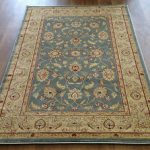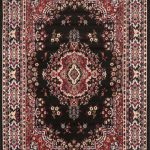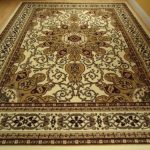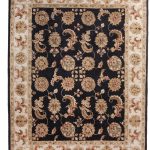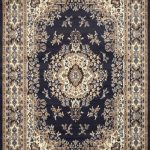Rugs have been an integral part of home decor for centuries, not just for their practical use in keeping floors warm but also for their aesthetic appeal. Among the various types of rugs available, traditional rugs hold a special place in the hearts of many due to their rich history and cultural significance. From the intricate patterns to the vibrant colors, traditional rugs tell a story of the people who created them and the cultures they belong to.
The history of traditional rugs can be traced back to ancient civilizations such as the Persians, Egyptians, and Greeks, who used rugs not only for practical purposes but also as symbols of wealth and status. These early rugs were handwoven using techniques passed down through generations, with each region developing its own unique style and design elements. Over time, the art of rug making spread across the world, with different cultures putting their own spin on traditional rug patterns and motifs.
One of the most well-known types of traditional rugs is the Persian rug, which has been crafted in Iran for centuries. These rugs are known for their intricate designs and high quality craftsmanship, with motifs such as floral patterns, geometric shapes, and medallions often featured prominently. The colors used in Persian rugs are also significant, with deep reds, blues, and golds symbolizing wealth, power, and prosperity.
Another popular type of traditional rug is the Turkish rug, which has a long history dating back to the Ottoman Empire. Turkish rugs are characterized by their bold colors, intricate patterns, and high knot density, making them prized possessions for collectors and interior designers alike. These rugs often feature geometric designs and floral motifs, with each region of Turkey producing its own distinct style of rug.
The Moroccan rug is another type of traditional rug that has gained popularity in recent years for its bohemian flair and tribal-inspired patterns. These rugs are handwoven by Berber artisans using traditional techniques that have been passed down through generations. Moroccan rugs often feature bold colors, abstract designs, and asymmetrical patterns, giving them a unique and eclectic look that complements modern and eclectic interiors.
In conclusion, traditional rugs hold a special place in the world of interior design for their rich history, cultural significance, and timeless beauty. Whether you prefer the intricate designs of Persian rugs, the bold colors of Turkish rugs, or the bohemian vibes of Moroccan rugs, there is a traditional rug out there for everyone. So next time you’re in the market for a new rug, consider adding a touch of history and culture to your home with a traditional rug that tells a story as rich and vibrant as its design.
 darbylanefurniture.com Interior design ideas with the latest interior inspiration
darbylanefurniture.com Interior design ideas with the latest interior inspiration


